
Try Amazon Audible Plus

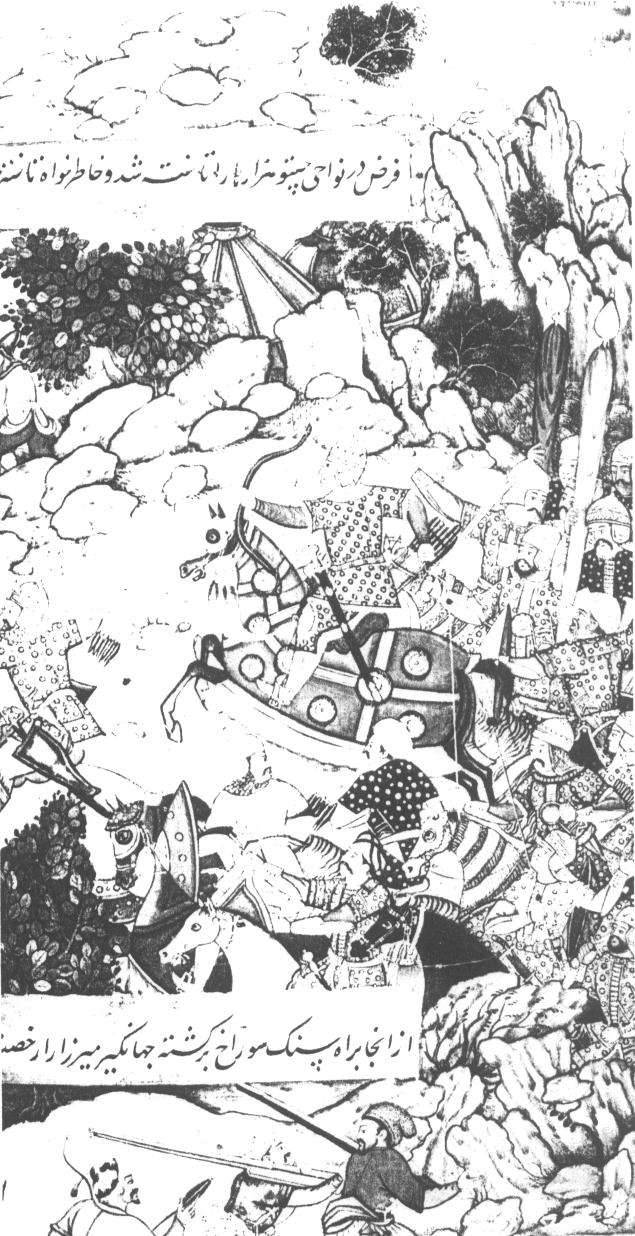
Moghul cavalry and firearm infantry (The British Library). |
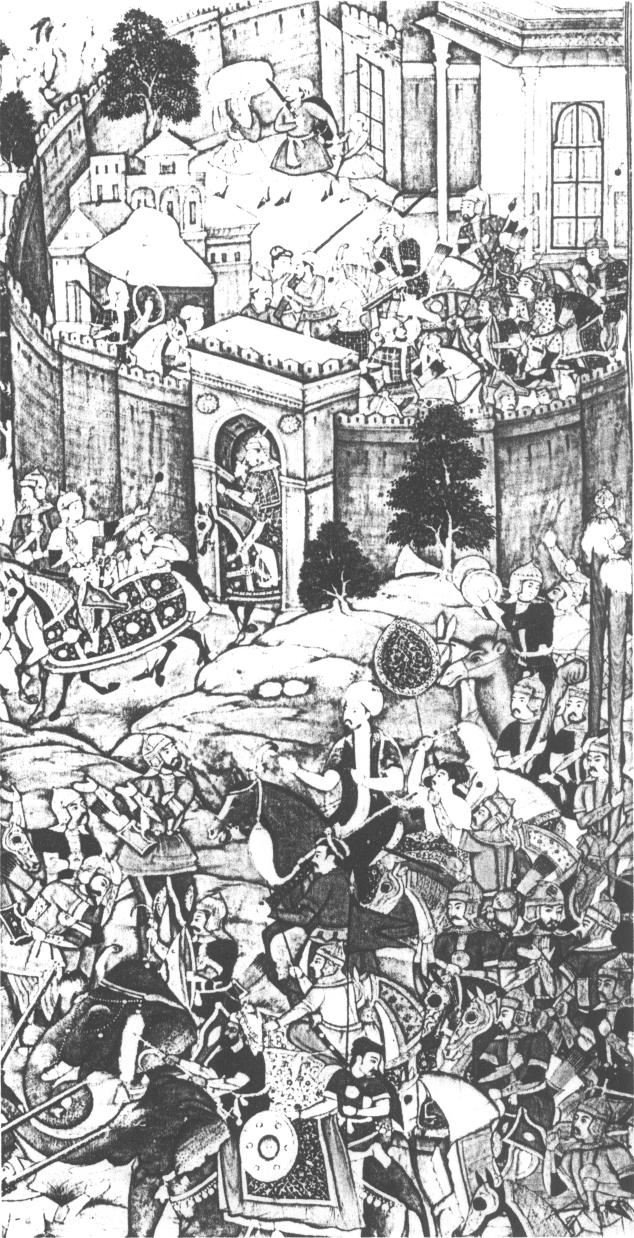
Moghul elephants, heavy cavalry, firearm infantry and camel-mounted band (on right) (The British Museum). |
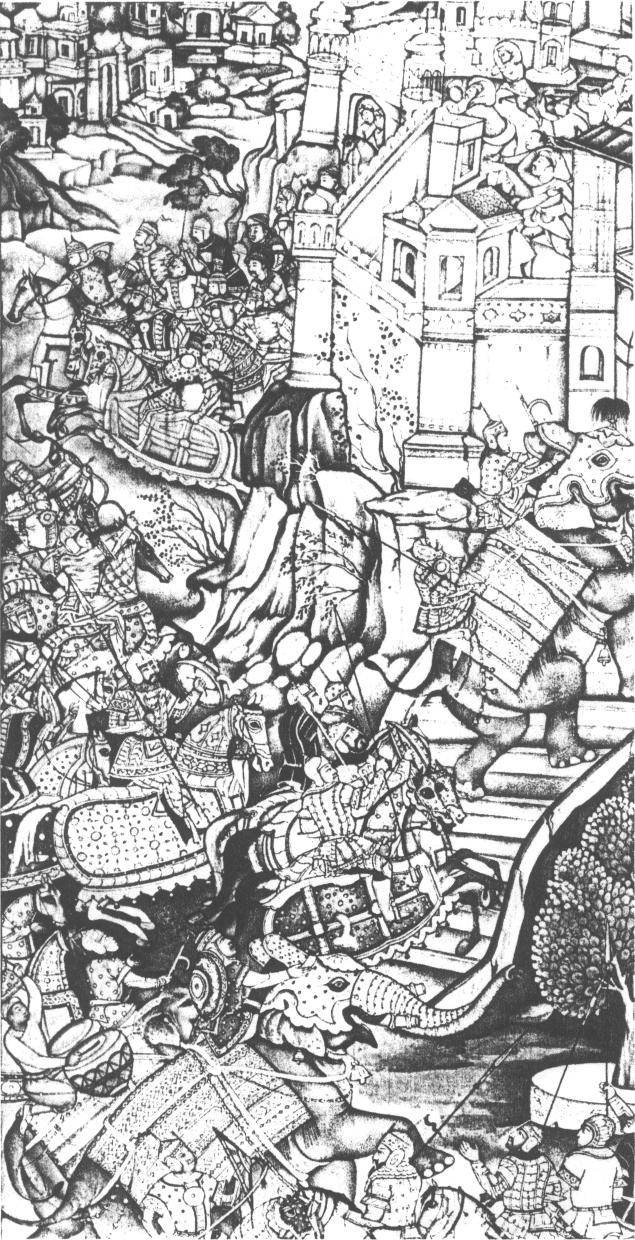
Moghuls. Shows heavy cavalry, elephants (note armour, including upstanding 'ears' to protect driver) (The British Library). |
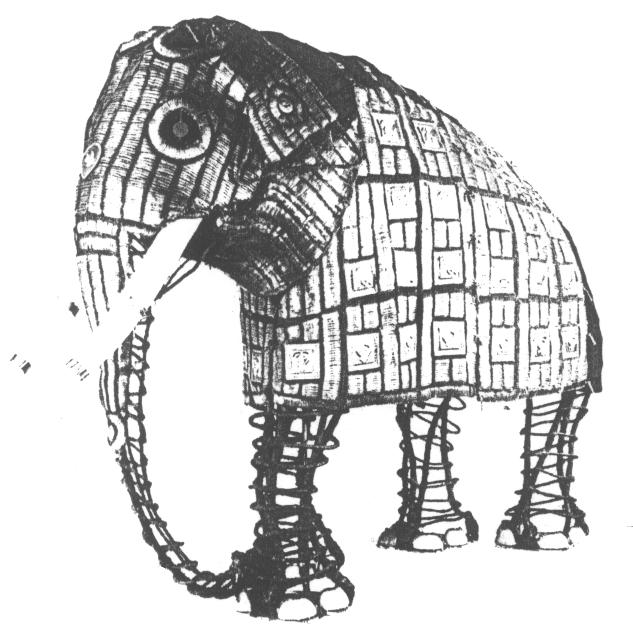
Elephant armour - later than the period covered in this book, but probably similar to some earlier ones (Department of the Environment). |
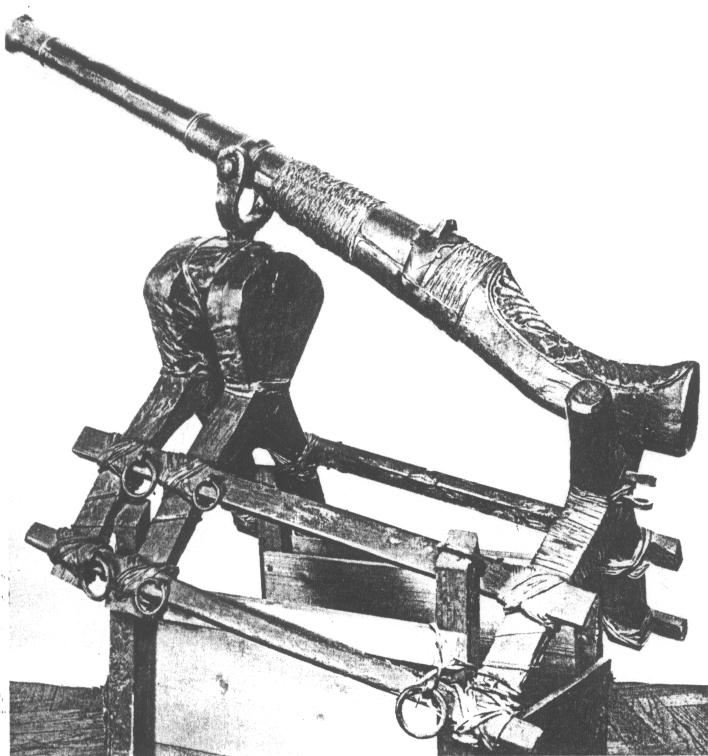
Indian camel gun, probably 18th Century, but earlier ones would be similar (Tower of London). |
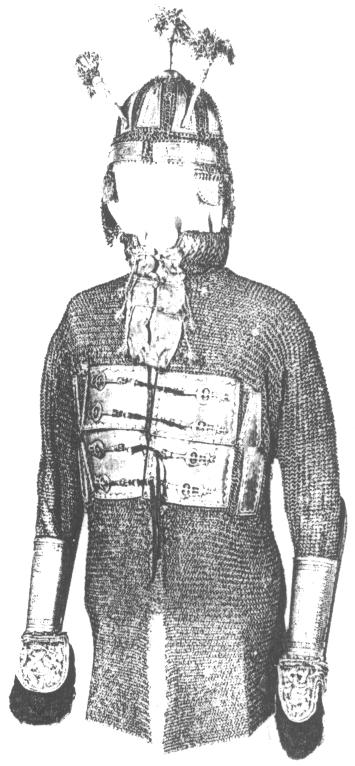
Indian reinforced mail, 17th Century. (In this case even the helmet is of small plates joined by mail.) |
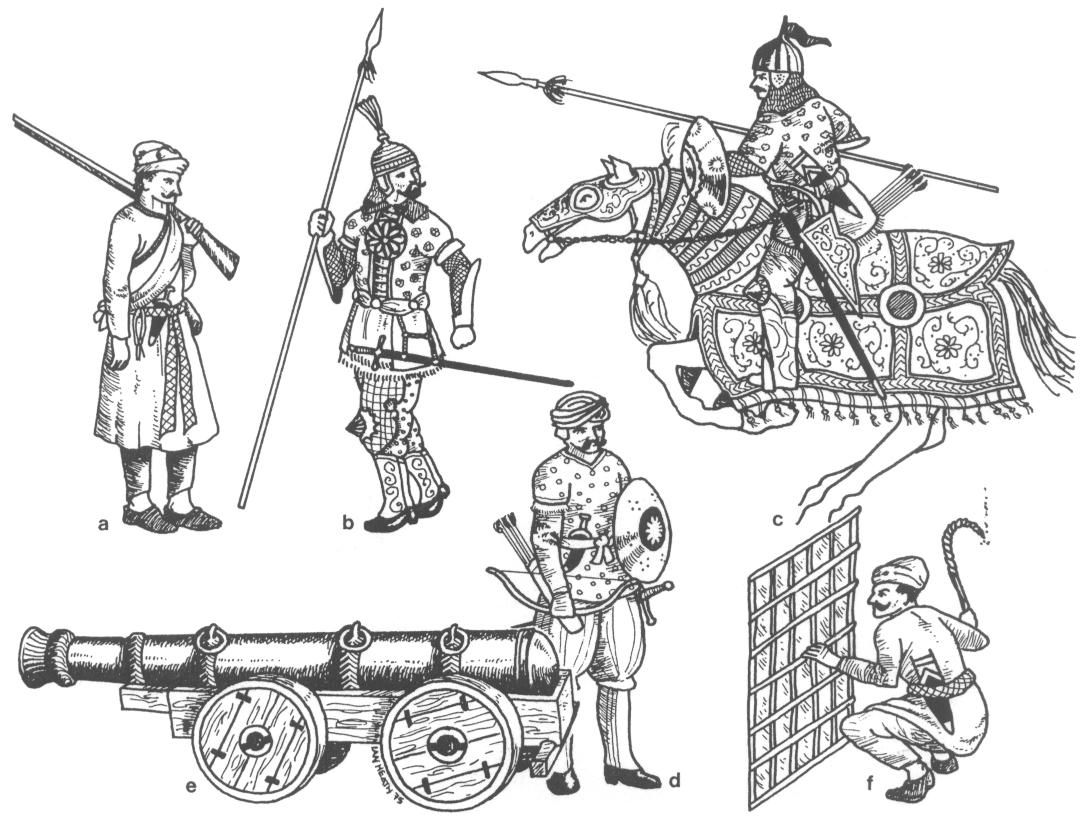
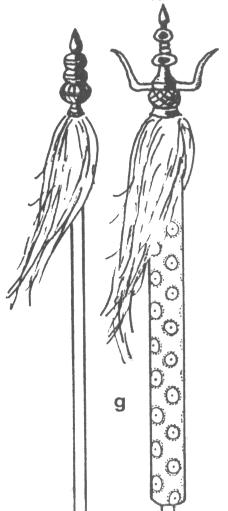
g Two standards, both with gilt and red tops. The right has a black and white horsetail and a red cover (or possibly flag) with gold trim round the staff; the left a white horsetail and a black staff. |